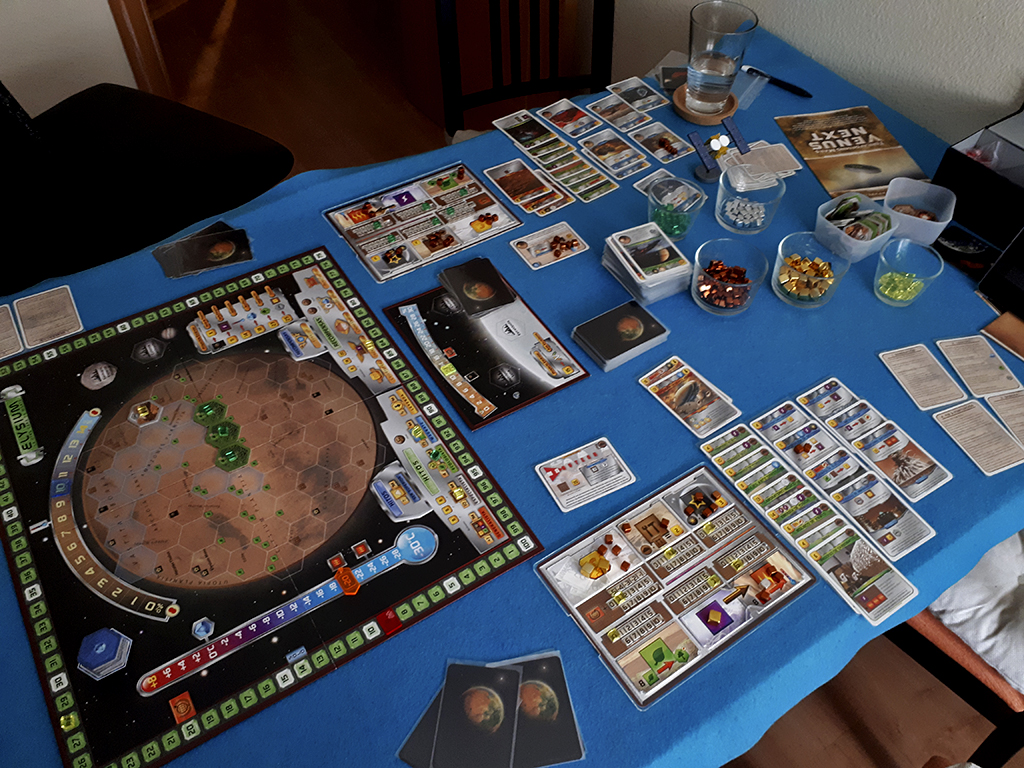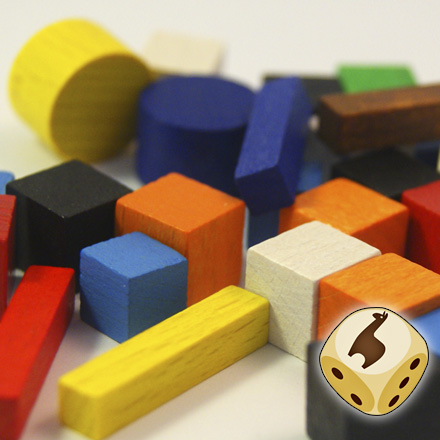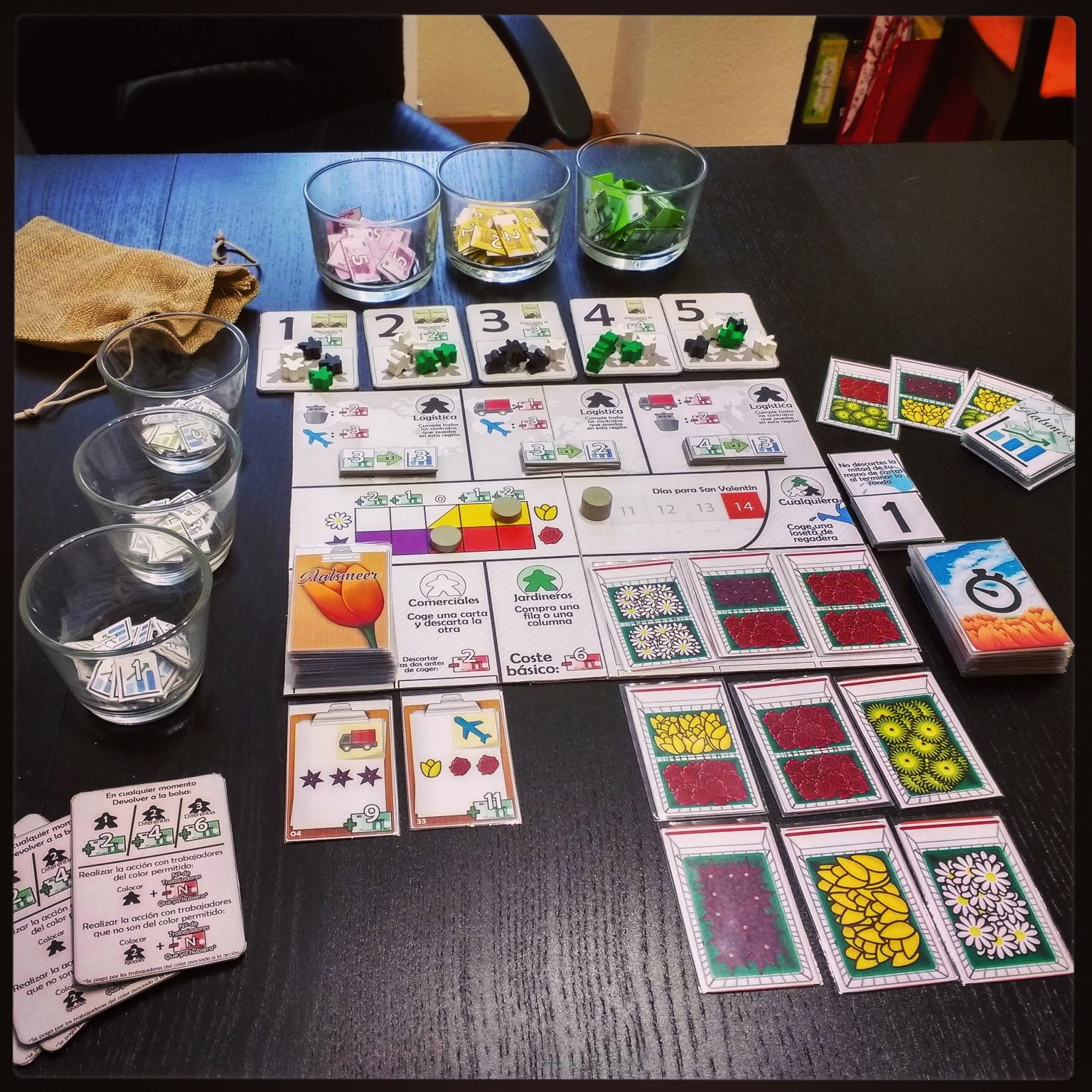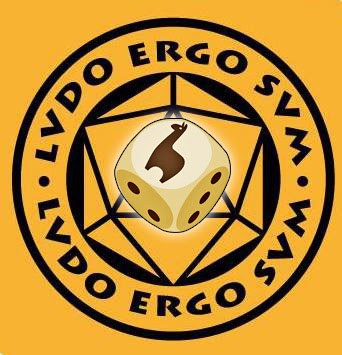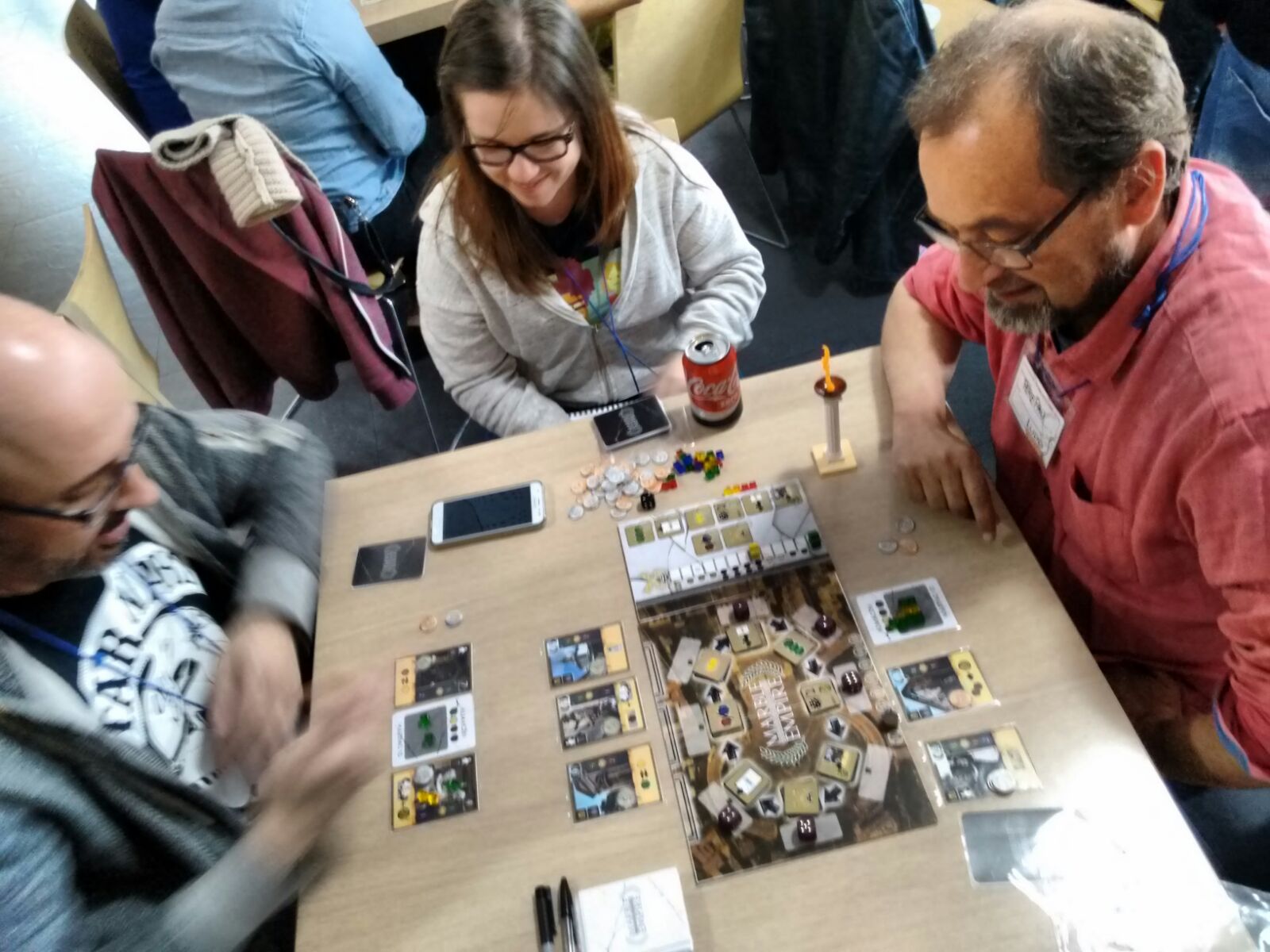The Rise of Fortune Cat and Dog
For decades, slot machines have been a staple in casinos around the world, offering players a chance to win big with each spin. Among these games is a particular favorite among gamblers: Wheel of Fortune. Based on the popular TV game show, this slot machine has captured the https://fortunepiggame.com/ hearts of many with its colorful wheel and exciting prizes. But what lies behind the spinning wheel’s allure? Is it simply luck or is there something more at play?
Probability Theory
To understand the math behind Wheel of Fortune, we need to delve into the world of probability theory. Probability is a branch of mathematics that deals with measuring uncertainty. In the case of Wheel of Fortune, probability is used to determine the likelihood of winning.
Each spin of the wheel has 20 numbered pockets, ranging from $0.10 to $1,000, plus five special spaces: Bankrupt, Lose a Turn, and three Free Spins. To calculate the probability of hitting any specific number or space, we use the formula:
Probability = (Number of desired outcomes) / (Total number of possible outcomes)
For example, if we want to find the probability of spinning a $0.10 prize, we divide 1 (the number of $0.10 pockets on the wheel) by 20 (the total number of pockets):
Probability = 1/20 = 0.05
This means that the chance of spinning a $0.10 prize is 5%. Similarly, the probability of hitting any other specific number or space can be calculated using this formula.
The House Edge
Now, let’s talk about the house edge – the built-in advantage casinos have over players. The house edge is a percentage that represents the average loss a player can expect to incur over time. In Wheel of Fortune, the house edge varies depending on the bet and game mode.
Assuming a 5% probability of winning (which we calculated earlier), and using the same formula for calculating the house edge:
House Edge = (Payout – Bet) / Bet
Let’s say the player bets $1 on a specific number. If they win, they’ll receive their original bet back plus an amount equal to the payout (in this case, $0.05). The difference between the payout and the initial bet is the house edge:
House Edge = ($0.05 – $1) / $1 = -0.95
This means that for every $100 bet, the casino can expect to lose approximately 5 cents in the long run, while the player stands to win about 0.45% of their bet.
Return to Player (RTP)
Another important concept related to Wheel of Fortune is Return to Player (RTP). RTP represents the percentage of money returned to players over time. It’s a measure of how much money the casino expects to pay out as winnings compared to the amount it takes in from bets.
For example, if Wheel of Fortune has an RTP of 95%, this means that for every $100 bet, the casino will return approximately $4.75 (95% of $5) as winnings.
The Impact of Volatility
Volatility is another crucial factor influencing Wheel of Fortune’s gameplay. A high-volatility game can offer larger wins but also comes with a higher risk of losing money quickly. Conversely, low-volatility games tend to be more consistent but may not pay out as generously.
Wheel of Fortune’s RTP and volatility levels are generally considered average for modern slots. However, the exact figures can vary depending on the specific game mode or variation being played.
The Math Behind Bonuses and Free Spins
Bonuses and free spins are a key feature in Wheel of Fortune, offering players an opportunity to win additional rewards. But have you ever wondered how these bonuses are calculated?
When it comes to calculating payouts for bonus rounds or free spins, the same probability theory applies as with regular gameplay. The difference lies in the number of possible outcomes – the wheel is now divided into even more pockets, increasing the chances of winning.
The Psychology of Winning
While math is an essential component of Wheel of Fortune’s allure, psychology also plays a significant role in keeping players engaged. Our brains are wired to respond positively to rewards and novelty, which explains why slot machines often feature bright colors, enticing sounds, and stimulating graphics.
Moreover, the social aspect of playing Wheel of Fortune can’t be overstated – whether you’re competing with friends or joining a community of fellow gamers, there’s an undeniable excitement in participating in this shared experience.
Conclusion
In conclusion, the math behind Wheel of Fortune is both fascinating and straightforward. By applying probability theory and calculating the house edge, we gain insight into the game’s built-in advantages for the casino. The return to player (RTP) offers a more encouraging perspective – after all, if the RTP is high enough, players do have a chance at winning.
Whether you’re a seasoned gambler or an enthusiastic newcomer, understanding the math behind Wheel of Fortune can help you make informed decisions and enhance your gaming experience. Who knows? Maybe with the right combination of probability, psychology, and luck, you might just win big on the wheel!

